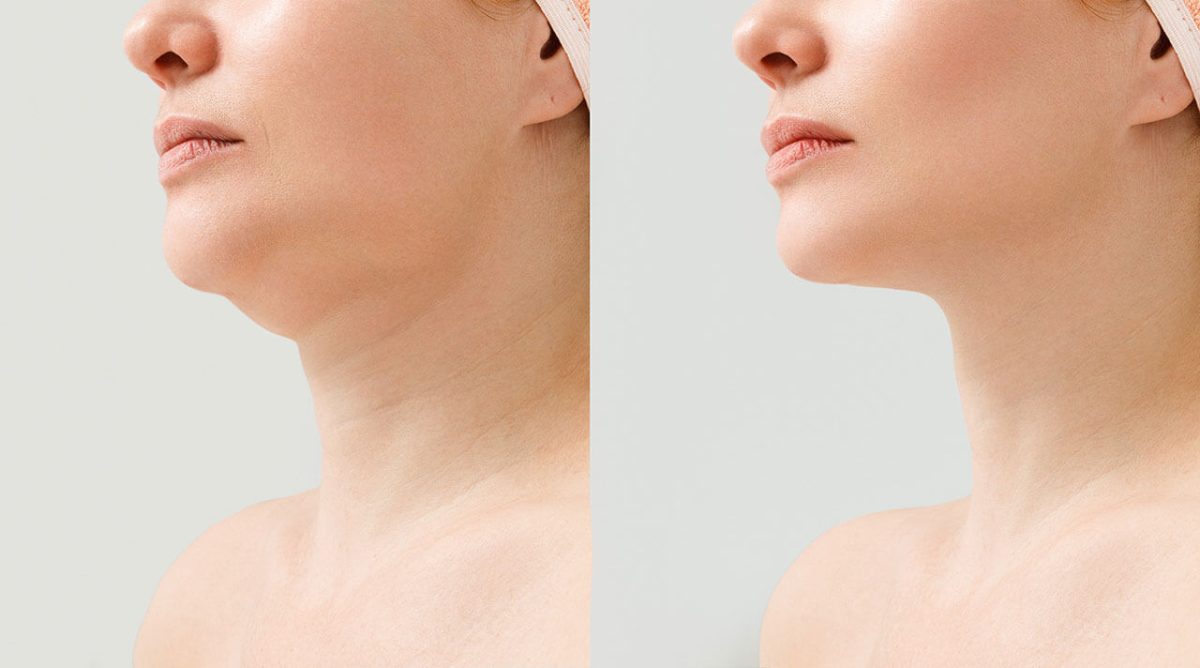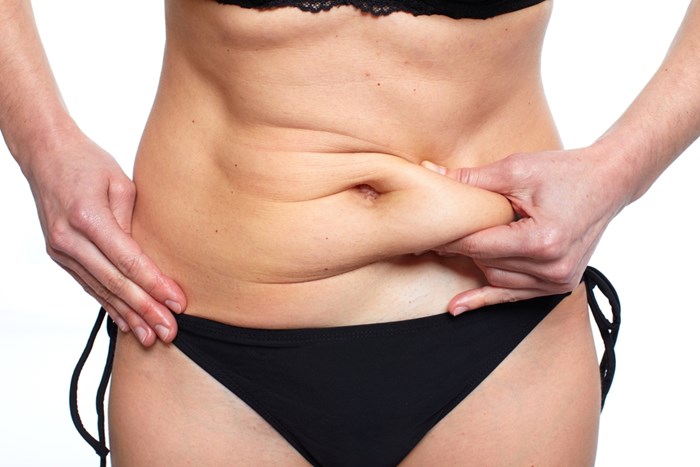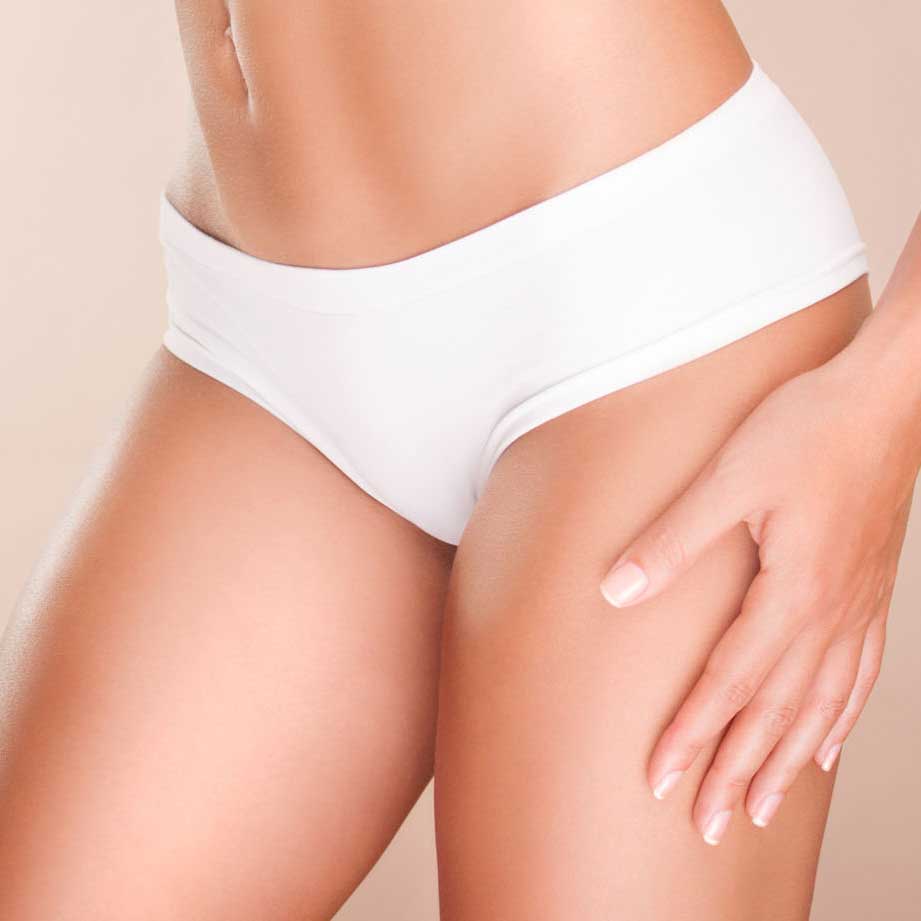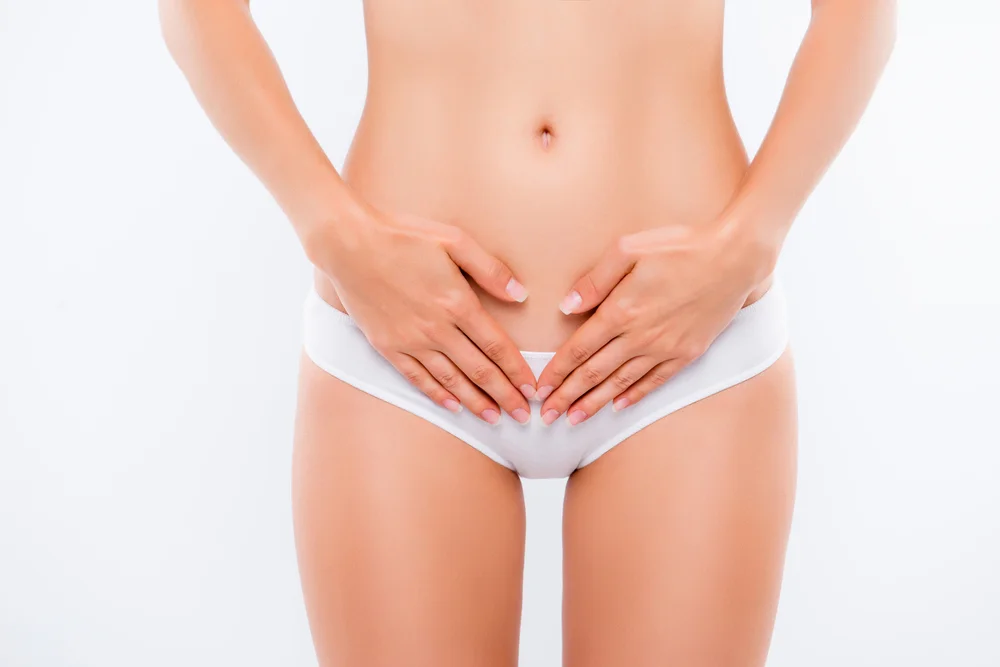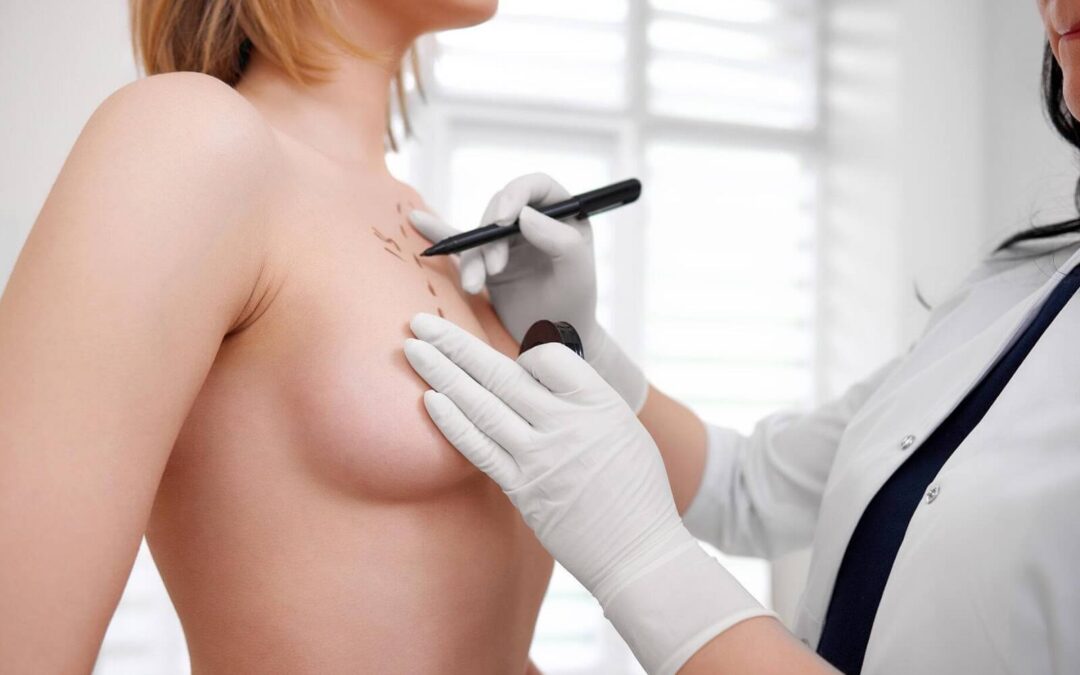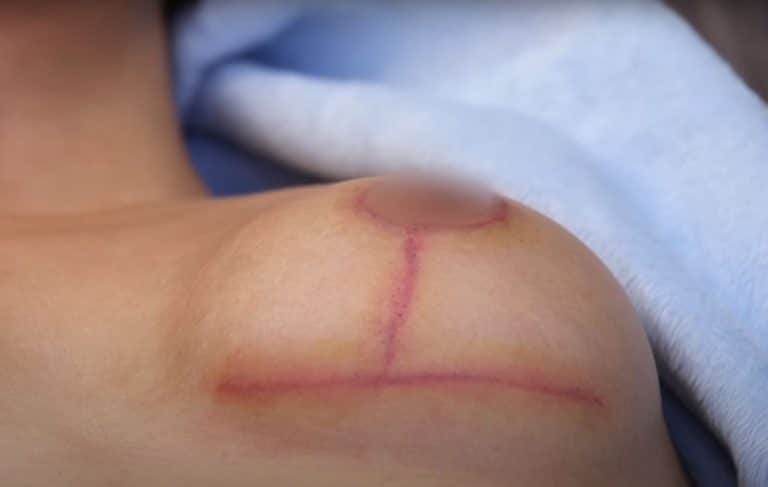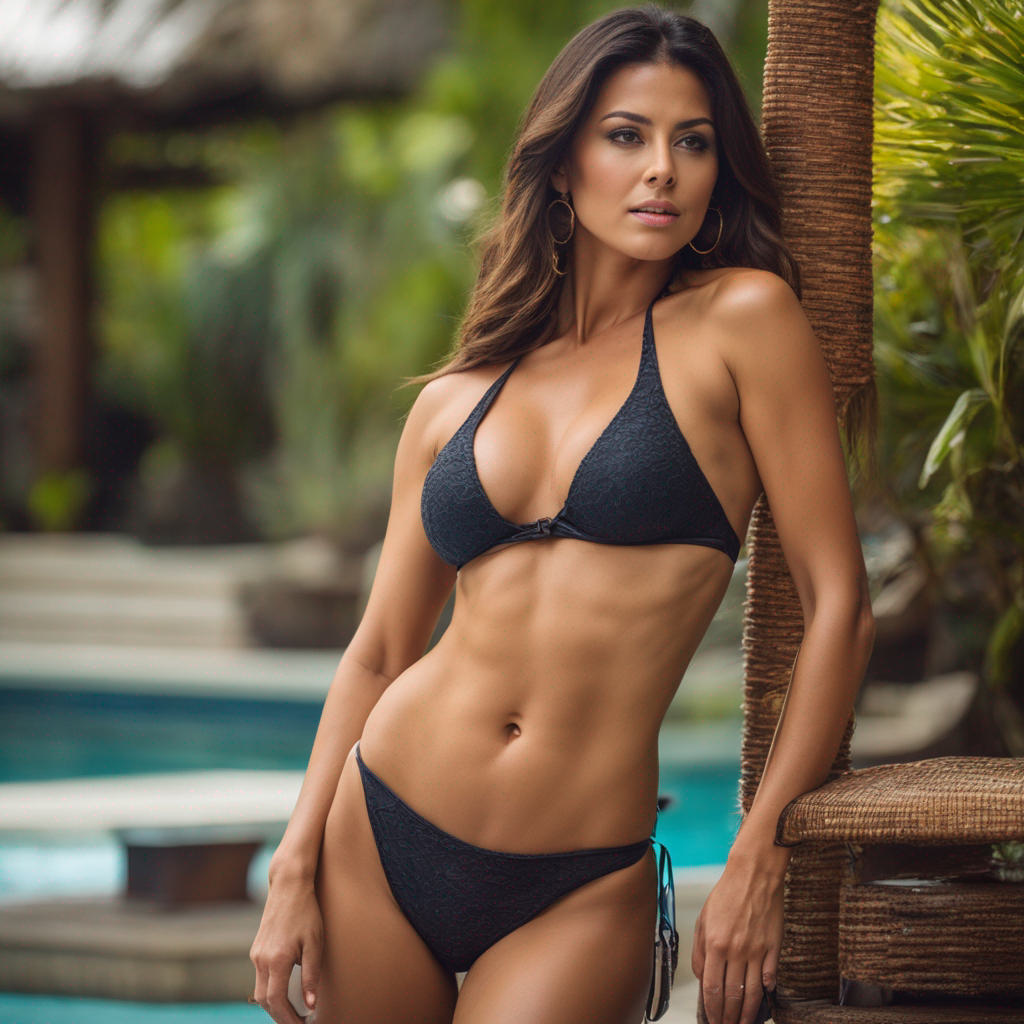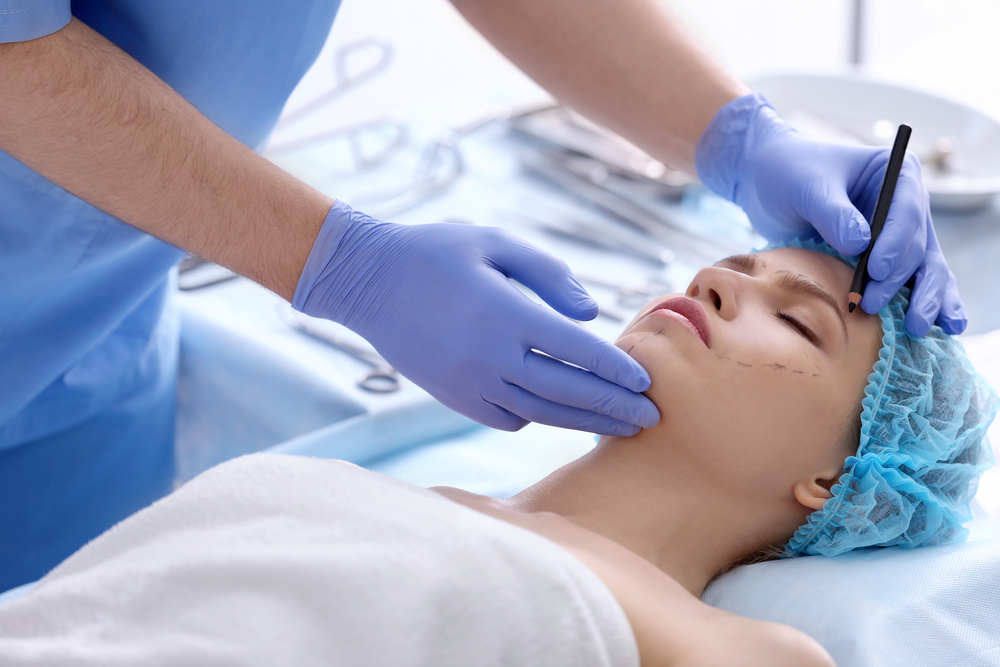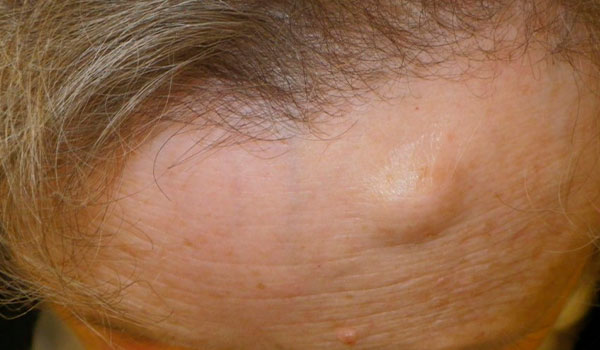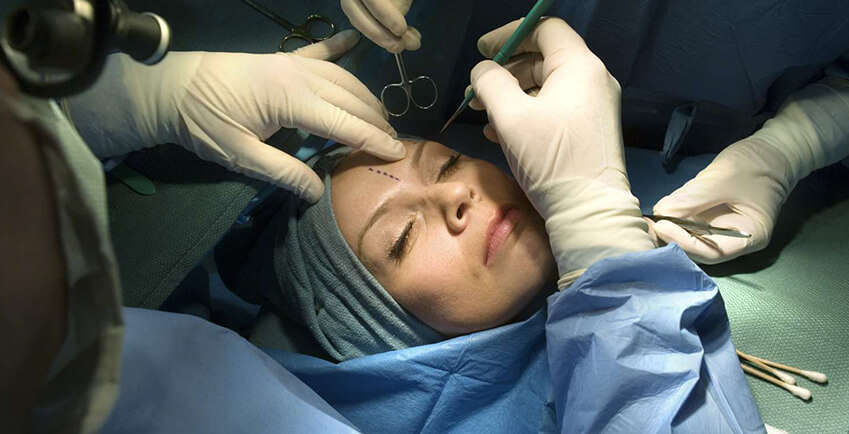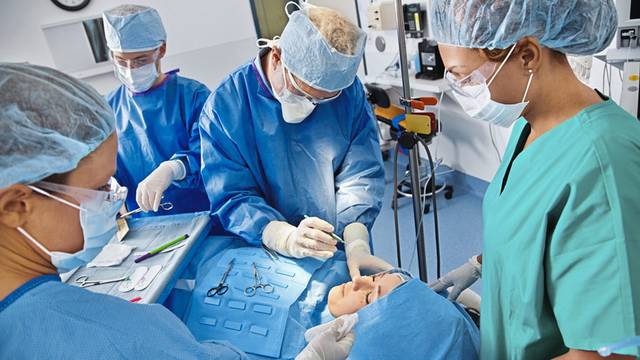In the quest for a youthful appearance, the neck lift has emerged as a pivotal procedure, bridging past and present in cosmetic surgery. Historically, techniques focused on the face alone, often leaving the neck untouched and betraying signs of aging. Today’s advancements offer seamless rejuvenation from chin to chest, integrating age-old desires with cutting-edge methods. This evolution underscores not just a change in technique but a deeper understanding of beauty’s holistic nature. If you’re eyeing that refined silhouette or aiming to turn back time around your neckline, diving into the world of neck lifts could be your next move.
Understanding Neck Lift and Non-Surgical Options
Surgical Approach
A neck lift surgery can significantly improve one’s appearance. It targets sagging skin and muscles in the neck area. This procedure offers a more youthful contour to the neck.
Patients seeking dramatic changes often opt for this. The process involves removing excess skin and tightening muscles. Recovery time varies but results are long-lasting. Ideal candidates are those with noticeable sagging and aging signs.
Non-Surgical Alternatives
Non-surgical options cater to minor imperfections. They include injectables and laser treatments. These methods are less invasive compared to a neck lift.
Injectables can reduce the appearance of fine lines on the neck. Laser treatments improve skin texture, offering a subtle lift effect without surgery. Ideal candidates for non-surgical procedures usually have less pronounced aging signs or prefer minimal downtime.
Choosing between surgical and non-surgical options depends on several factors:
-
Skin condition
-
Age
-
Desired outcome
-
Willingness to undergo surgery
Each method has its pros and cons:
-
Surgery provides more significant, lasting results but requires recovery time.
-
Non-surgical treatments offer quick fixes with no downtime but may need regular maintenance.
Types of Neck Lift Surgery Explained
Traditional Neck Lift
Traditional neck lift surgery is a comprehensive approach. It targets severe sagging and aging signs around the neck area. The surgeon makes incisions behind the ears and under the chin. This allows for maximum rejuvenation.
This type of surgery is ideal for those with significant loose skin or deep wrinkles. Patients can expect a more defined jawline and smoother neck after recovery.
Limited Incision Neck Lift
For those with less severe issues, a limited incision neck lift might be suitable. It involves smaller cuts compared to traditional methods. This means a shorter recovery time.
It’s perfect for mild to moderate sagging. The results are subtle yet noticeable improvements in the neck’s appearance.
Combination Procedures
Sometimes, aging affects both the lower face and neck simultaneously. In such cases, combination procedures offer a holistic solution.
By combining neck lift with facelift surgery, patients achieve overall facial rejuvenation. This approach addresses multiple concerns in one go, from jowls to loose skin on the neck.
Non-Surgical Alternatives for Neck Rejuvenation
Botox Injections
Botox is a popular choice for those avoiding surgery. It targets platysmal bands in the neck. These are muscles that, when tense, create wrinkles.
By relaxing these muscles, Botox reduces the appearance of neck wrinkles. This leads to a smoother, more youthful neck without going under the knife.
Ultherapy
Ultherapy stands out for its use of ultrasound technology. It’s designed to boost collagen production deep within the skin.
This treatment tightens and lifts neck skin, improving overall texture. The best part? There’s no downtime needed after Ultherapy sessions.
Kybella Injections
Kybella is another nonsurgical option focusing on reducing double chin fat. It works by dissolving fat cells beneath the chin area.
After several treatments, patients notice a more defined jawline and reduced excess skin. Kybella offers an effective way to enhance your profile without resorting to plastic surgery.
Non-surgical alternatives like Botox injections, Ultherapy, and Kybella injections offer promising results for those seeking facial rejuvenation without undergoing surgery.
-
They tackle problems such as loose skin, lack of skin elasticity, and unwanted fat beneath the chin.
-
These methods contribute significantly towards achieving a youthful appearance with minimal risk and recovery time compared to traditional surgical procedures.
Comparing Results: Surgical vs. Non-Surgical Approaches
Surgical Benefits
Surgical neck lifts offer dramatic changes. They are great for deep wrinkles and sagging skin. The results last many years.
Surgeons use incisions to remove excess skin and fat. Techniques like orbicular dissection and lateral sweep ensure a youthful appearance. Patients seeking long-term solutions prefer surgical procedures.
Non-Surgical Advantages
Non-surgical treatments suit early aging signs best. These include minor lines or slight sagging.
Options like fillers or laser therapy give temporary outcomes but have fewer risks. There’s no need for incisions, making recovery quicker. People who fear surgery often choose nonsurgical procedures.
Patient Satisfaction
Satisfaction varies among patients based on several factors:
-
Expectations
-
Procedure choice
-
Individual aging process
Patients must discuss their goals with plastic surgeons before deciding. Understanding the limitations of each approach is crucial.
Invasive treatments might scare some, but they offer lasting beauty enhancements. Conversely, nonsurgical options provide subtle improvements with less downtime.
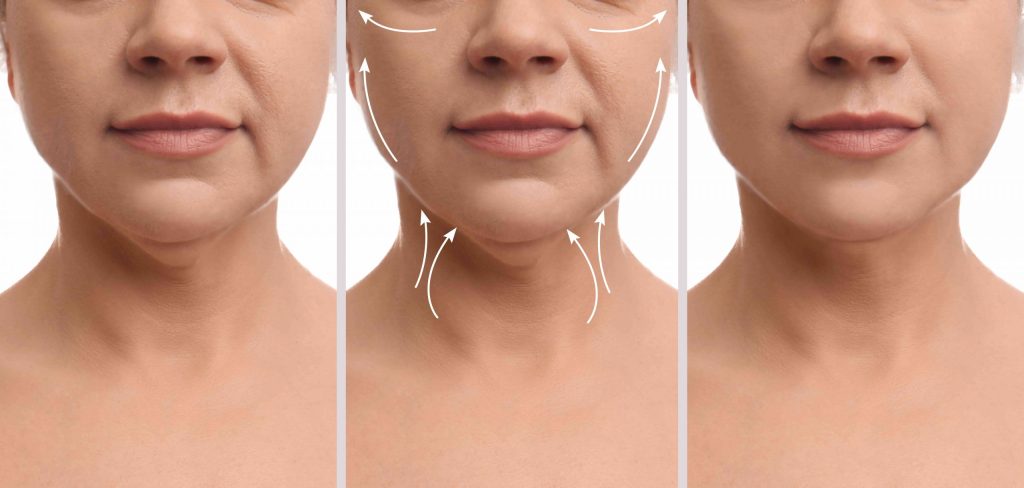
Recovery Process for Neck Lift and Non-Surgical Treatments
Surgical Recovery
Following a neck lift, patients often experience bruising and swelling. This can last up to two weeks. The full recovery period allows you to get back to your daily activities after six weeks.
It’s important during this time to follow your surgeon’s advice closely. They might recommend specific care techniques or restrictions on certain activities. Remember, patience is key for a smooth recovery.
Non-Surgical Downtime
Non-surgical treatments boast minimal downtime. Many allow an immediate return to daily routines.
For instance, procedures like injectables or laser therapy cause little to no discomfort afterward. You can typically go about your day right after these treatments without any significant interruption.
Follow-up Care
The follow-up care differs greatly between surgical and non-surgical options. After a neck lift surgery, you’ll likely have several appointments with your surgeon. They will monitor healing and remove stitches if necessary.
In contrast, non-surgical treatments usually require less intensive follow-up care. Sometimes, all that’s needed is a quick check-in or none at all depending on the treatment type.
Risks and Complications Associated with Neck Procedures
Surgical Risks
Surgical procedures, including neck lifts, carry certain risks. Scarring is a common concern. Most scars fade over time but can be noticeable initially. Infection is another risk, though rare when proper care is followed. Lastly, complications from anesthesia can occur, varying from mild to severe.
Choosing a qualified surgeon significantly reduces these risks. They ensure minimal scarring by making careful incisions. Their expertise also lowers the chance of infection and anesthesia issues.
Non-Surgical Risks
Non-surgical treatments for the neck often have milder side effects compared to surgery. Common issues include temporary redness, swelling, or bruising in the treated area. These usually resolve within a few days without needing extra treatment.
To minimize potential risks, selecting an experienced practitioner is crucial. They know how to avoid critical areas in the upper neck during non-surgical treatments like injections or laser therapies.
Choosing Wisely
-
Research thoroughly before choosing a procedure.
-
Consult with multiple professionals.
-
Ask about their experience specifically with neck procedures.
A well-selected professional not only minimizes potential complications but also ensures smoother recovery post-treatment.
Factors Influencing Treatment Efficacy and Longevity
Skin Health
Skin elasticity significantly affects the success of a neck lift. Healthy, elastic skin tends to respond better to both surgical and non-surgical treatments. This is because it can recover and conform to the new contours more effectively.
Aging naturally reduces skin elasticity. However, many patients find that their lifestyle choices have either sped up or slowed down this process. For example, those who hydrate well and follow a nutritious diet often maintain better skin health than those who do not.
Lifestyle Choices
Lifestyle factors play a crucial role in the longevity of neck lift results. Smoking and sun exposure are two major culprits that can shorten treatment outcomes. They damage the skin, making it less resilient over time.
To preserve the effects of a neck lift, avoiding smoking and minimizing sun exposure are key steps every patient should consider. Wearing sunscreen daily can protect against harmful UV rays which accelerate aging signs.
Maintenance Needs
Non-surgical approaches may require ongoing maintenance treatments to sustain results. These could include fillers or laser therapy sessions scheduled periodically.
Many patients prefer these non-invasive methods for their convenience despite the need for regular upkeep. It allows them flexibility while still addressing signs of aging on their terms.
Choosing the Right Procedure for Your Goals
Personal Goals
Before deciding on a neck lift, understanding your own aesthetic goals is crucial. Everyone has different reasons for wanting to improve their look. Some may seek a more youthful appearance, while others might want to reduce excess skin or fat.
-
Assessing personal goals helps you communicate better with your doctor.
-
Knowing what you can realistically achieve ensures satisfaction.
Consultations are key in this process. A board-certified plastic surgeon or dermatologist can offer personalized recommendations based on your specific concerns and anatomy.
Realistic Expectations
Having realistic expectations is essential when choosing between surgical and non-surgical neck rejuvenation options. Each approach comes with its own set of advantages and considerations.
-
Surgical options often provide more dramatic results but require longer downtime.
-
Non-surgical treatments may need multiple sessions but have shorter recovery periods.
Understanding the pros and cons of each option will help align your expectations with possible outcomes. This clarity aids in making an informed decision that matches your tolerance for downtime, budget, and desired end result.
Final Remarks
Deciding between a neck lift and its non-surgical alternatives boils down to your desires, recovery time you can afford, and the results you’re aiming for. We’ve walked through the ins and outs—from what a neck lift entails to the nitty-gritty of non-surgical options, comparing their outcomes, and highlighting the journey of recovery. It’s clear that both paths offer transformative results, but they cater to different needs and expectations. Your choice should align with your lifestyle, risk tolerance, and how long you want those results to last.
Now’s the time to take action. Reflect on your goals, weigh the pros and cons we’ve laid out, and consider consulting with a professional who can offer personalized advice. Remember, whether you opt for surgery or a non-invasive route, you’re stepping towards feeling more confident in your skin. Ready to make that leap? Let’s get you started on this journey toward rejuvenation.
Frequently Asked Questions
What is a neck lift and are there non-surgical options?
A neck lift is a cosmetic procedure aimed at enhancing the appearance of your neck, reducing sagging skin or wrinkles. Yes, there are non-surgical alternatives like Botox or laser treatments that can also improve your neck’s look without going under the knife.
How do I choose between surgical and non-surgical neck rejuvenation?
Consider your goals and tolerance for downtime. Surgical options offer more dramatic, long-lasting results but require recovery time. Non-surgical methods have minimal to no downtime but might need regular maintenance.
What should I expect during recovery from a neck lift?
Expect some swelling and discomfort initially, which generally subsides within a few weeks. Following your surgeon’s advice closely will help speed up your recovery process.
Are there risks associated with neck lift procedures?
Yes, like any medical procedure, both surgical and non-surgical neck treatments carry risks such as infection, scarring, or unsatisfactory results; however, these are relatively rare when performed by qualified professionals.
How long do the effects of a neck lift last versus non-surgical options?
Surgical neck lifts offer more permanent solutions that can last several years depending on lifestyle factors. Non-surgical treatments often require periodic touch-ups to maintain their effect over time.
Can anyone get a neck lift or its alternatives?
Most healthy individuals can consider these procedures; however, it’s crucial to consult with a professional who can assess whether you’re an ideal candidate based on specific health conditions or concerns you may have.
How do I decide what’s best for my situation: surgery or something less invasive?
Reflect on what changes you’re hoping to see and discuss them with an expert in cosmetic procedures. They’ll guide you through understanding how each option aligns with your expectations regarding outcome longevity and recovery time.



